To demonstrate, let’s look at how the Dalrymple Battery Energy Storage System (BESS), currently the only source of virtual inertia on the National Electricity Market (NEM) responded during the South Australia separation event on the 16/11/2019 at 6:05pm (discussed earlier on WattClarity). The Dalrymple BESS is a grid forming inverter, while all other large-scale BESS on the NEM are grid following – Gannawarra, Ballarat, Lake Bonney and Hornsdale.
The separation of South Australia’s power system from the NEM caused an over frequency event seen in the top figure which requires a reduction in active power output within South Australia to correct. Dalrymple BESS can be seen in the bottom figure to respond at the red line where the output begins to reduce in the bottom plot (yes, it responds before the frequency is even measured to be increasing in the top figure, more on that soon). This is virtual inertia from a grid forming inverter. The response is inherent and immediate as seen in these plots. This is because the grid frequency moves away from the internal frequency/speed of the inverter at the red line – rather than the BESS responding to the grid. Being a grid forming inverter – it has its own independent, internal frequency/speed (this also allows it to form an islanded grid by generating a frequency reference, hence the name). It does not use a phase lock loop or rely on the grid frequency. The internal frequency/speed of the grid forming inverter doesn’t change instantaneously when the grid frequency changes, just like a spinning mass, it takes time to speed up or slow down – it has inertia (which is settable unlike a physical mass).
Synchronous machines provide inertia when the grid frequency is higher or lower than the frequency/speed of its spinning mass. This difference causes an active power transfer. Grid forming inverters use this same mechanism. The grid frequency will increase or decrease from the inverter’s internally generated frequency/speed and this difference causes an active power transfer though the same laws of physics. Real power transfer is proportional to the phase angle between two voltage sources, irrespective of that voltage source being electro-mechanical or power-electronic.
Grid following inverters on the NEM would begin responding at the blue line. This is an approximation, but there will always be a delay with this approach; which is the key distinction to be made. The delay is because they wait and respond to the grid and will always have a measurement delay. This measurement delay is clear to see between the red line and the frequency rise in the top plot. There is also a delay to detect that the grid frequency is out of bounds once measured, then processing and activation of the appropriate response. That can all happen very quickly, but it still requires 10’s to 100’s of milliseconds to perform these steps. So FFR will always have a delay between the event and the commencement the of the response by nature of it measuring and responding to the condition of the grid frequency.
As mentioned prior, you can see in the plots that the red line, where the inertial response starts, is before the high-speed data recorder measures the frequency increasing – that is because virtual inertia doesn’t rely on measurement. The data recorder is sampling very quickly but it is not instantaneous and as such, you cannot rely on measurement to deliver inertia. At the red line the grid’s frequency moves away from the inverter’s causing a mismatch between the grid forming inverter’s internal frequency/speed and the grid’s frequency – causing an inherent and immediate response as seen in the plots.
That is the primary difference between the two – virtual inertia is inherent due to the physics of two interconnected voltage sources whereas FFR will always have a small delay and is reliant on measurement
Why is this important? It depends on how much trouble the grid can get into in that 10 to 100 millisecond delay. Right now, most power systems will be OK but as more synchronous generators retire this won’t be the case. The frequency will fall or rise much quicker if there is less inertia in the system, making this technology and virtual inertia as a service more and more critical moving forward. FFR is an important service in its own right, responding quicker than traditional assets helps address the challenge of faster frequency rises and falls, but it is not inertia and is not a direct substitute for inertia. In high renewable, large interconnected power systems, a level of inertia, synchronous or virtual, will be required to manage the first moments post disturbance. Faster responses and faster control systems will allow us to operate lower inertia systems but not a no inertia system.
Virtual inertia and FFR are both valuable to the grid but they are very different as described. Understanding these differences will be critical in extracting the most value from each service and enabling a high renewable energy NEM.
The views and opinions expressed in this article are the author’s own, and do not necessarily reflect those held by pv magazine.
This content is protected by copyright and may not be reused. If you want to cooperate with us and would like to reuse some of our content, please contact: editors@pv-magazine.com.
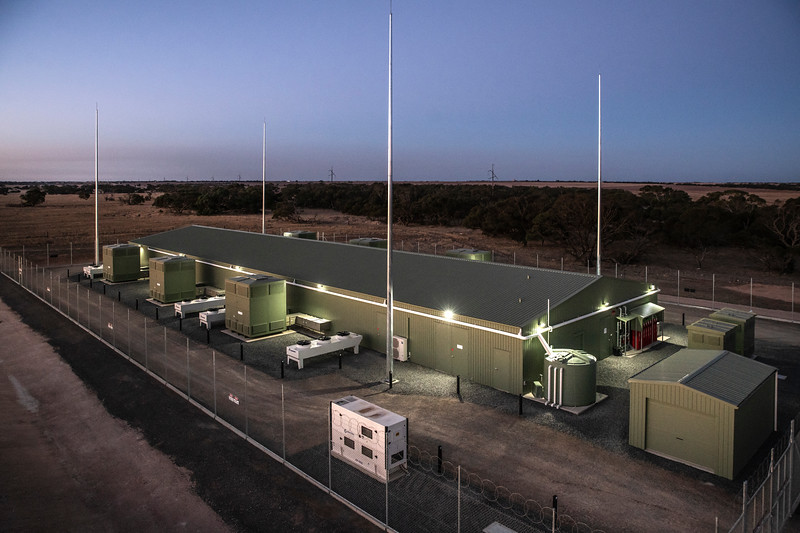
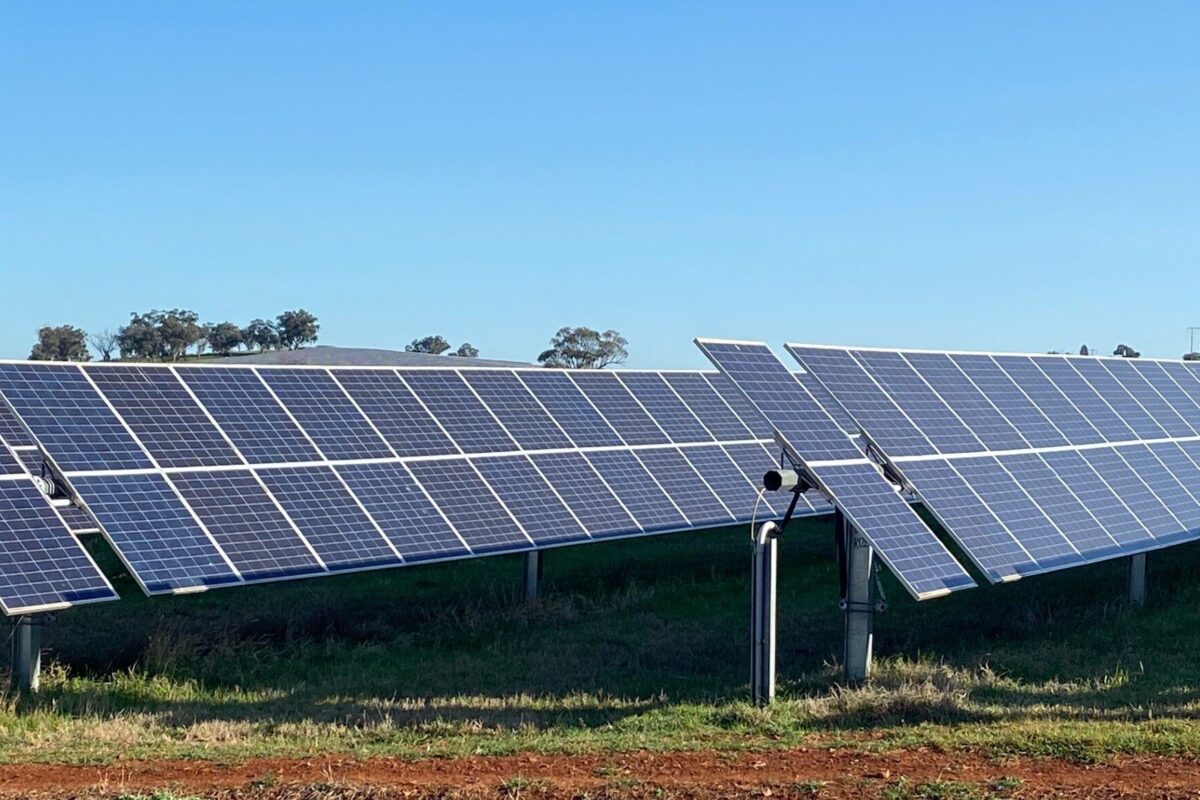

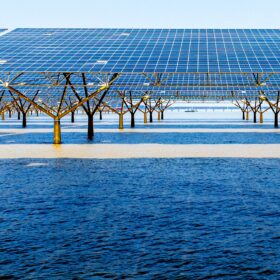
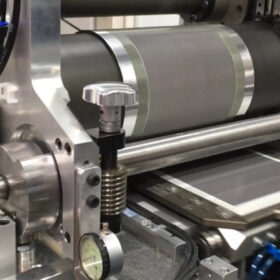
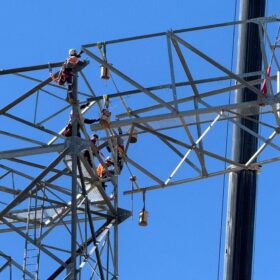
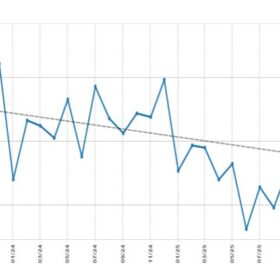

Interesting, instead of basically “pulling” on the mechanical generation coils and rotating ‘iron content’ to dampen grid frequency fluctuations and to help to keep the grid stable. One has a switching device that appears to “react” in less than 100ms to changes in the grid frequency, that allows time to change the voltage current wave forms to correct for and cancel harmonics on the grid in real time. I have witnessed this in industrial plant operations when large motors are placed on VFD (variable frequency drives) to regulate not only the load the motor presents on the grid, but can remediate high surge currents, and if a 12 or 18 pulse inverter output is used, can reduce harmonics on the grid and help keep the grid stable and reactive devices then have impedances that match the grid instead of ‘drive the grid’.
Is the inertia response only faster when the system is grid forming? Can it be used if the system is grid following?
And why is there not also a measurement delay when it is grid-forming? The system still has to respond to the external signal.
How feasible is using a co-ordinated fleet of smaller batteries for virtual inertia?